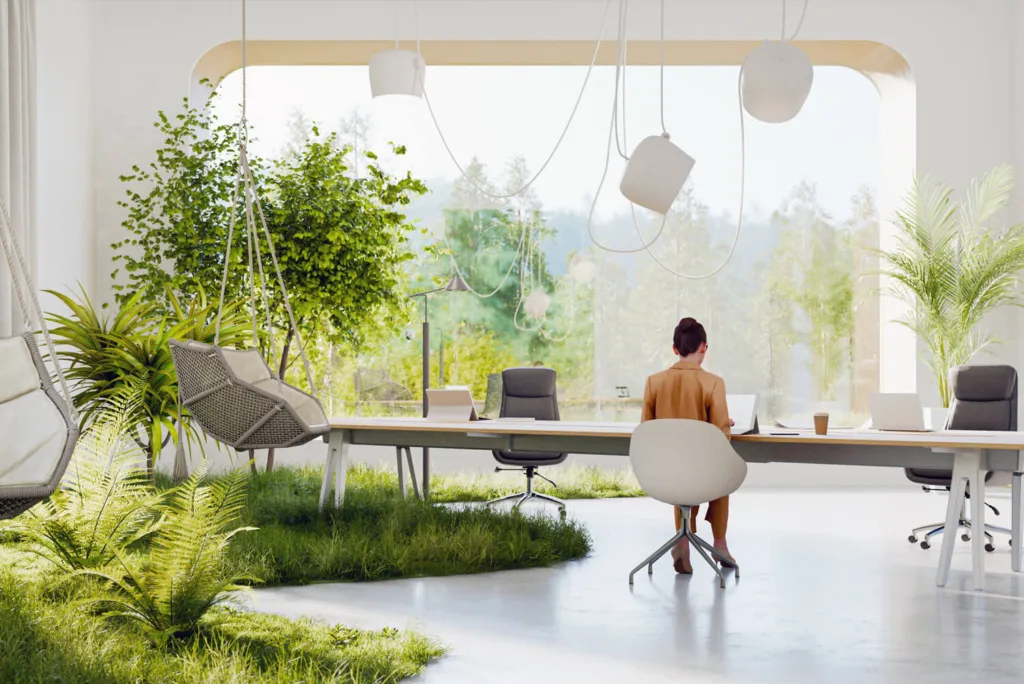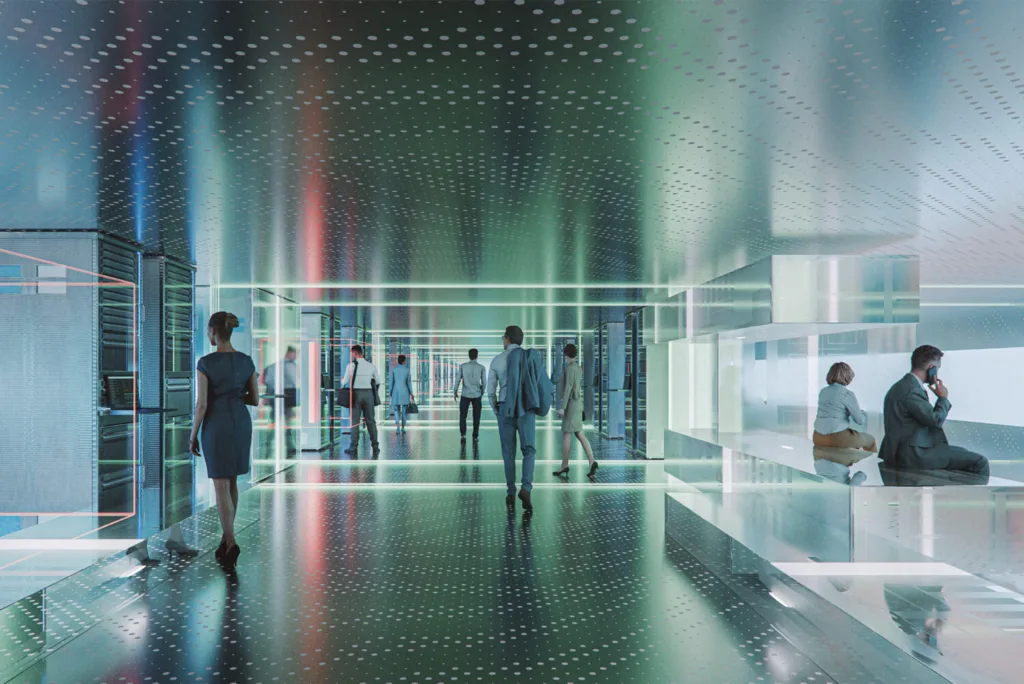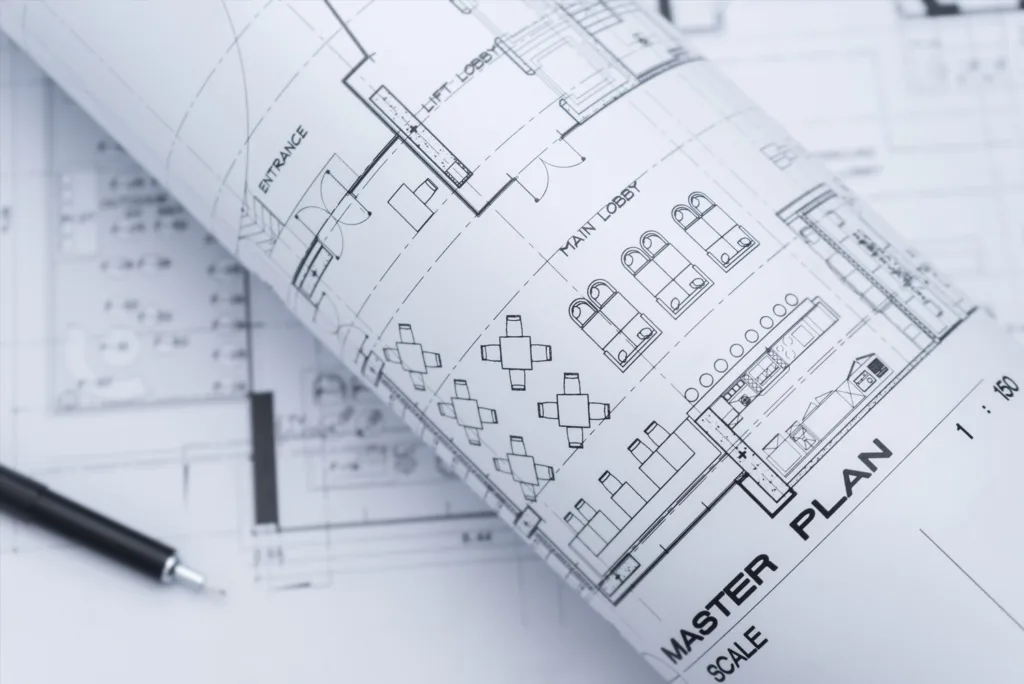Theodore Levitt’s “Marketing Myopia” is one of The Harvard Business Review’s best selling articles of all time. There were 35,000 reprints from 1,000 different companies the year after it was first released, and it has been featured in 850,000 reprints over the past 50 years.
It was in one of these reprints that I came across the piece, and I couldn’t help but notice how relevant the ideas felt to the Commercial Real Estate industry today (I suspect what makes it so popular is its broad application to numerous industries).
Myopia literally means nearsighted, or, more broadly, lacking foresight, and a central theme of the piece centers around a seemingly simple question – one that every businessman or businesswoman should get right but often do not: what business are you in?
Leavitt uses the growth and subsequent stagnation of the railroad industry to make his point; he believes that the railroad companies are examples of those who have failed to answer this question correctly. The railroads thought they were in the railroad and train industry, but really they were in the transportation industry. That is why the railroads have failed to grow while the need for transportation has grown significantly.
The railroad industry simply focused on perfecting its product while cars, trucks, and airplanes better met the needs of their customers. The railroads fell victim to the first two of what Leavitt calls business “myths” in his piece:
- An ever-expanding and more affluent population will ensure our growth
- There is no competitive substitute for our industry’s major product
These myths help us discern that to continue growing, companies must understand and act upon their customers’ ever-changing needs rather than presume the vitality of their own products.
Ask a CRE professional what business they are in, and one could imagine hearing something like this: “we are owners, managers, and developers of first-class office space”. They might also mention that they feel well positioned for growth because the demand for central business district office space is climbing while the supply is relatively unchanged (see also: Myth 1). And, of course, everyone needs office space (see also: Myth 2)!
If one shifts the focus from CRE products to the CRE customer, the answer might go something more like this: “We are in the tenant enablement and experience business.” After all, the purpose of a company office has always been to make the company it houses better – to communicate better, run more efficiently, to better recruit local talent – just to name a few.
The modern CRE customer – the millennial – has even more complicated needs. Love them or hate them, they will make up 75% of the workforce by 2025, and it is this customer that CRE companies must hone in on.
From our research on millennials’ office needs, we know this: millennials are technology-enabled, amenity oriented, and community driven – we call this The Connected Tenant. There are, fortunately, some companies out there paying attention to the changing workforce and succeeding in meeting the needs of the modern worker. With that I give you: Deloitte’s Amsterdam office, The Edge.
Tech-Enabled
Thanks to an app, when you arrive at the edge, a camera recognizes you and gives you automatic access. Your assigned desk is then tuned exactly to your light preferences, and any of the buildings screens can be instantly paired with a phone or laptop. Everything the app does is designed to make the employees’ days easier and more productive.
Amenity Oriented
The “second shift” is what every employee has to get done after they finish work, and with millennials working more and more hours, help with this second shift really moves the needle for tenant experience. At the Edge, their app has recipes and provides all the ingredients for your after work meal, so you don’t have to run to the grocery store. Take the second shift burden off your employees, and they will be more productive.
Community Driven
No one has their own desk at The Edge. When you check in, your workplace is assigned to you based on your schedule for the day. You can work in a booth, meeting room, concentration room, sitting or standing desks, and even spend your day in the open atrium amongst colleagues. Not only does this get employees to interact and comingle, but it allows Deloitte to have 2,500 workers at The Edge but less than half as many desks.
It almost feels like the Edge is from the future, but it was actually completed in 2015! It is a fully-realized, customer first CRE product that has set Deloitte apart from it’s competition and is a huge recruiting tool. It is the office of the future… from 3 years ago… and it is here to stay.


